And now we come to the main event. A 22.5 lb monstrosity of an event. A gorgeous event.
Now, I have to admit to you something. Icing the turkey breast is nowhere near Mr. Bittman’s method. His method also assumes you WILL make gravy, which we didn’t (as you can see from the title). That leaves us with having actually made a variant on this recipe. I’m okay with that, though some of my readers may call foul.
I’d be sad if you guys did that.
So, let’s not. Let’s just get on to this gorgeous bird. I was pretty darn proud of it, I have to say.
Ingredients
1 Turkey (He calls for 12 lbs, ours was 22.5 lbs)
8 tbsp butter at room temperature, or a few tablespoons olive oil
Salt and freshly ground pepper
1/2 c water (You know…)
Instructions
Preheat the oven to 500F.
Smear the turkey all over with the butter or brush the olive oil all over it, then sprinkle with salt and pepper. Place the turkey on a rack in a large roasting pan, then pour the water into the bottom of the pan. Put the turkey in the oven, legs first if possible.
Roast for 20 – 30 minutes; until the top begins to brown. Then turn the heat down to 350F. Continue to roast, checking and basting with the pan juices every 30 minutes or so. If the top begins to get too brown, lay a piece of aluminum foil directly onto it. If the bottom dries out, add more water, 1/2 c at a time.
The turkey is done when an instant read thermometer inserted into the thickest part of the thigh measures 155F – 165F. If, when the turkey is nearly done, the top isn’t brown enough, turn the heat back up to 425F for the last 20 – 30 minutes of cooking.
h2. Cooking and Consumption Notes
h3. Cooking
Let me engage in a disgusting bit of honesty here, okay?
Cooking a turkey is incredibly daunting, but actually not all that difficult. When people say that it’s tricky to make, they aren’t lying, but the trickiness isn’t in what you’re supposed to DO. In truth, you’re just roasting a giant bird. So if you can roast a chicken, you can roast a turkey. I’m pretty sure of this, anyway.
The tricks of brining and icing the breast I “shared previously”:http://metacookbook.com/archives/150-Thanksgiving-Turkey-Brine-and-Pre-Roasting-Prep.html really do help, but they aren’t required. What’s required, and what’s tricky, is paying attention. Pretend you’re Mad-Eye Moody from Harry Potter and practice CONSTANT VIGILANCE!
Or don’t, and just make sure you’re monitoring it reasonably often. I fell down on this job, and our turkey ended up a little dry because of it. However, it truly wasn’t THAT dry. If it was, Bill probably would have insisted we make a fast gravy and Grace & Young would not have repeatedly marveled at how we managed not to make a dry turkey. If we host again next year, and they come, I think they’ll be even more shocked.
The dryness was a result of one thing, basically. The turkey was done a more than an hour earlier than it was supposed to be done. I don’t know how much earlier, because that’s when I started checking it for doneness. I expected it to not be done yet, but to give me an idea of how close it was. Unfortunately, I was wrong, and that resulted in us pulling a turkey out too soon, being stressed out because our guests were not going to come until dinner time1.
I’m sure that the turkey was not dry upon being pulled out, nor was it going to be terribly dry after resting for a half-hour or so. No, the dryness resulted, I’m pretty sure, from the need to be kept warm until dinner, two hours later. We kept it out of the oven, but under the foil tent, and I think that’s what over-cooked it.
Now, I bet you’re wondering what my theory is for why it came out so soon. I think we overly aggressively foiled it to protect it from browning. Bittman says to “lay a piece of foil directly” on the top of the turkey if it browns too much. Since most of the turkey was browning really well (see photo), we kind of made a tent of the foil on the pan. I believe the tent was our mistake, and if we hadn’t had it, we’d have had the turkey done more when we expected it. I think it still would have been a touch early, but not so much so.
In case you’re wondering, I also think I know the source of the over-browning. Namely that we rubbed olive oil all over this darn bird to begin with (which very much encourages browning) and then basted once or twice with more, rather than the pan juices. Basically, I used what I recall of Bittman’s roast chicken recipe.
I think I would like to do another Thanksgiving-style dinner, maybe in February, if we can get ahold of another nom-a-licious turkey. If so, I’ll brine again, ice again, rub with olive oil again, put it in the oven again, and then not touch the damn thing. No basting, no opening the oven for a couple of hours. I bet that helps a lot with the whole mess.
h3. Consumption
It’s Thanksgiving turkey. Sort of epic disaster, it basically can’t be bad.
So, yes, it was a bit dry. Even the dark meat, to my shock and sadness. However, the skin was gorgeously brown and well-crisped. And nothing was overly dry.
I really enjoyed this turkey, and am glad we went for a ridiculously fresh bird from one of the farmers at the farmers’ market. He arranged for us to get a turkey on Wednesday that had been slaughtered on Monday. I can’t imagine it gets much fresher than that, short of me doing it myself.
I think the brining, the icing, the using a fresh bird all helped in keeping this thing delicious and not TOO dry. The last, though, may not have much basis in anything other than “Natasha’s suspicions”. 😉
Okay, end of Thanksgiving posts. Back to more normal meals from here on out!
fn1. I could not convey to our guests that it’s traditional to arrive an hour or two early for Thanksgiving dinner and socialize. Thus, the turkey coming out a full two hours before dinner time (and an hour sooner than the soonest I expected it to be done) was a true issue.
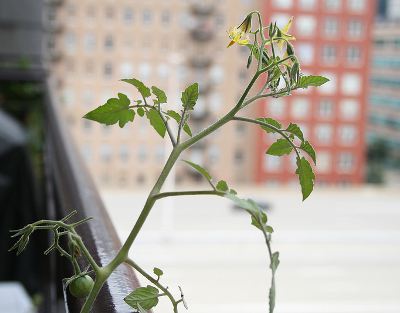

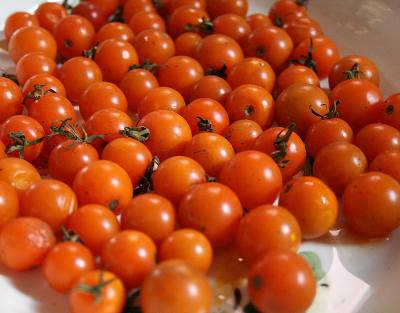
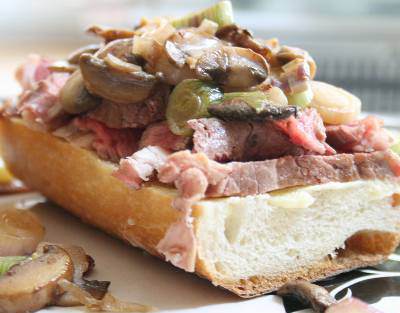
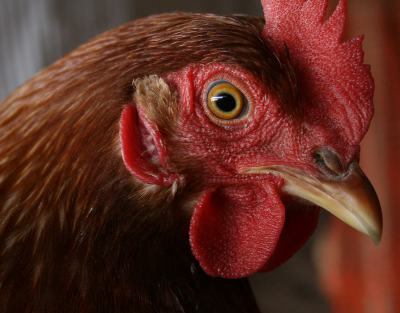
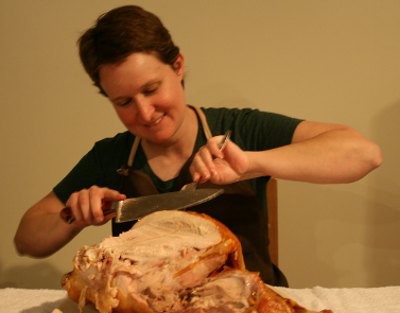
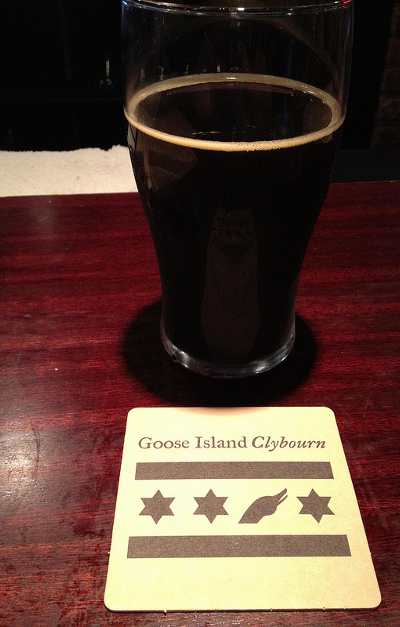
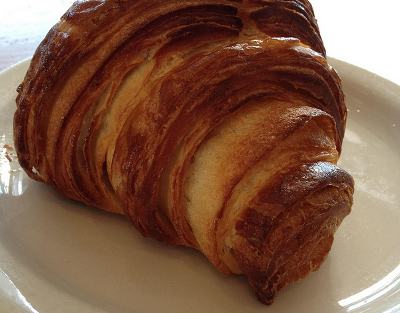
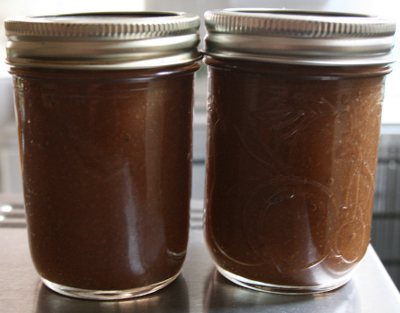
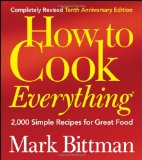
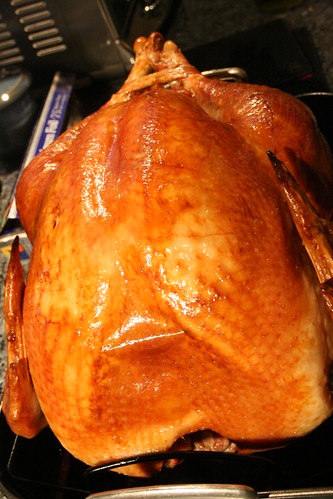
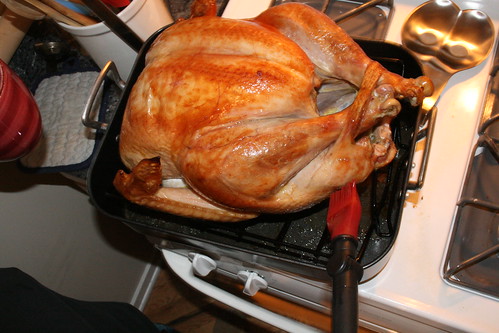
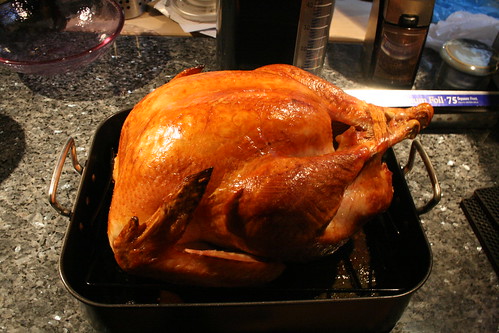
Can we call fowl instead?
If you must. 🙂